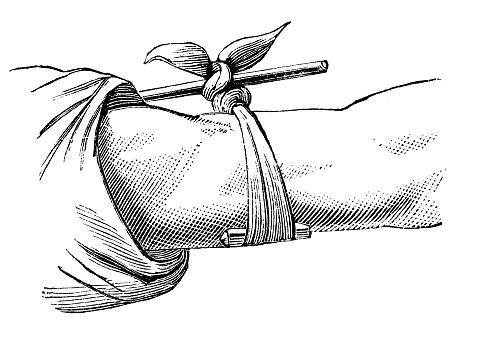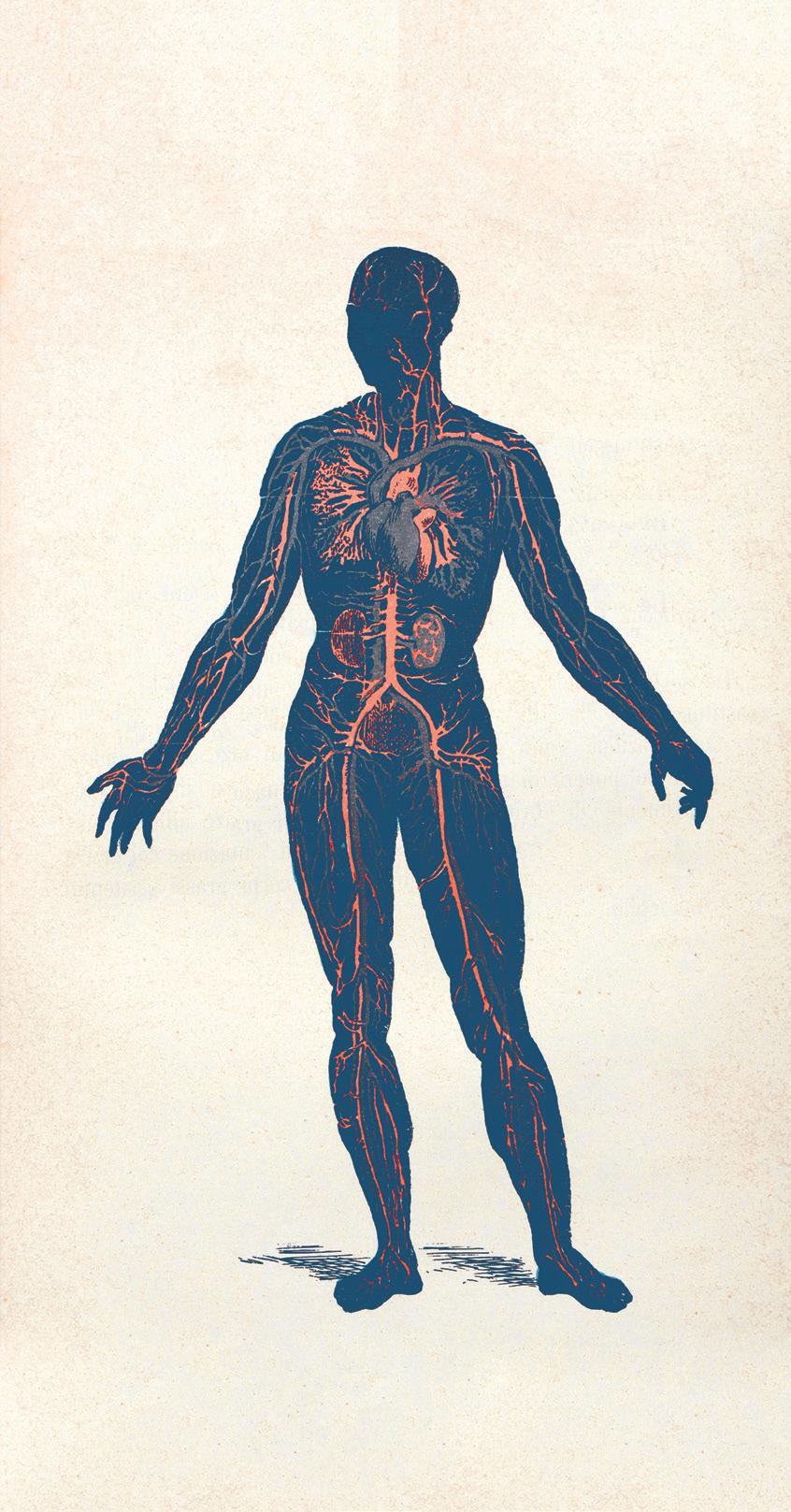
2 minute read
TOURNIQUETS
Tourniquets are applied in emergency situations where there is a potential risk to life. When putting direct pressure on a limb injury fails, a tourniquet might be required to stop the bleeding.
Tourniquets can be expensive, and many people will not see the value of having a first aid kit that has one in it.
IF YOU HAVE INJURED YOUR ARM OR LEG SEVERELY, THE VALUE OF A READY-TO-GO TOURNIQUET CAN BE THE DIFFERENCE BETWEEN LIFE AND DEATH.
Deep tissue injuries or amputations present the risk of exsanguination (bleeding out). When we lose too much blood our bodies can go into hypovolemic shock. Getting the bleeding controlled and activating 911 are your best chances at surviving a severe limb injury.
DON’T HAVE A TOURNIQUET? Keep calm – with some clever preparation, you can turn nearby items into an effective tourniquet.
STEP Aa STEP B b STEP C c STEP Dd STEP E e
Using material from clothing, cut a strip of cloth approximately 12-14
inches long with a width
of at least two inches to create the band. Cut out a second strip to use as an anchor. Find a strong stick, about eight inches long to act as the windlass rod (the crank). Very dry sticks might break under pressure and waterlogged sticks will bend. Aim for the middle ground if you have time to be selective. Wrap the band around the limb, crisscrossing at the top. Insert the windlass rod and cross the material over top of the rod. Twist the rod until the bleeding slows or you notice the pulse distal to the injury is now absent. This indicates that your tourniquet is tight enough. Anchor your windlass rod with another strip of material. Maintain the tourniquet until help arrives. A tourniquet is a painful tool – but the benefits outweigh the discomfort as a human can bleed
out from an arterial leg wound, such as the femoral artery, in less than five minutes
DO NOT APPLY A TOURNIQUET TO THE JOINT - DEPENDING ON THE LOCATION OF THE WOUND AND ITS PROXIMITY TO THE JOINT, IT MAY NEED TO BE PLACED JUST ABOVE THE JOINT TOURNIQUETS SHOULD BE APPLIED ONLY TO TREAT LIMB INJURIES - DO NOT USE A TOURNIQUET ON THE TORSO OR NECK. FOR WOUNDS NOT LOCATED ON THE LIMBS, EVEN AND DIRECT PRESSURE IS BEST

APPLY 2-4 INCHES ABOVE THE WOUND HOW TO APPLY
If you can put pressure on your wound with a clean dressing, apply immediate direct pressure. If you are not an EMS professional, call 911. If you are alone and you do not have help, you need to act fast to ensure that you minimize blood loss. Sit down, put pressure on the wound, and begin to assemble your tourniquet. Take your tourniquet out of its wrapping and apply it around the affected limb landmarking your application site at least two to four inches above the injured area (follow the package directions). one two three four
Note the time of application and watch for signs that the tourniquet is applied tightly enough.










